For the evaluation of the soil functions, the soil characteristic values (cf. Map 01.06) derived from the Soil Associations Map (cf. Map 01.01) and the associated dissertation by Grenzius (1987) were the main source. The quality of these basic data decisively determines the quality and authoritativeness of the evaluation of soil functions. From these and other information, criteria were derived (cf. Map 01.11) to permit an evaluation of the soil functions (cf. Fig. 1). The method of evaluation was developed in the context of the conceptual work on soil (Lahmeyer 2000), and later applied to the whole city (Gerstenberg and Smettan 2001, 2005, 2009). The maps presented here are based on updated basic data and improved methods of evaluation (Gerstenberg 2013).
Soil Functions 2015
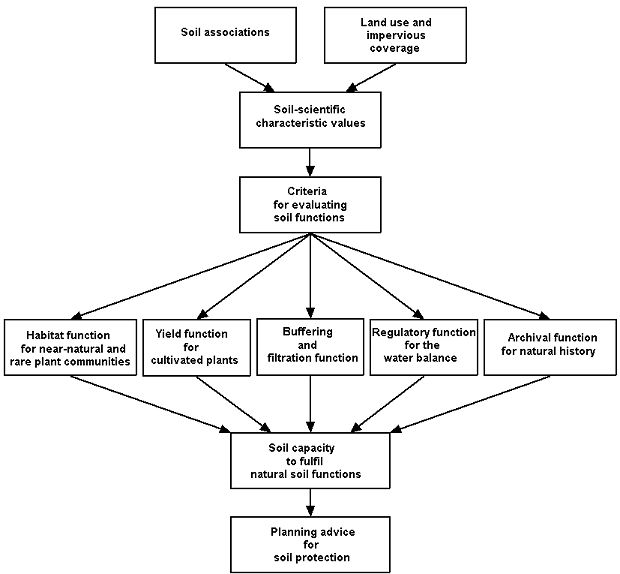
Fig. 1: Diagram to evaluate the soil functions
Image: Umweltatlas Berlin
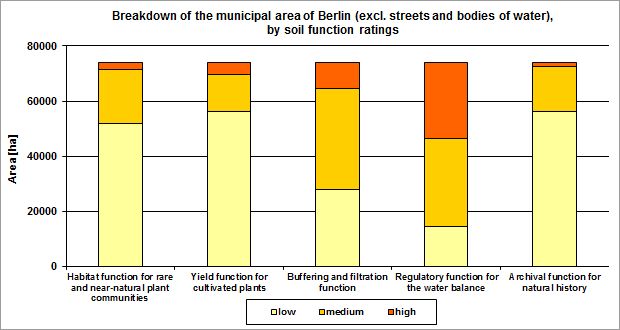
Fig. 2: Breakdown of the municipal area of Berlin (excl. streets and bodies of water) by evaluation of the different soil functions
Image: Umweltatlas Berlin
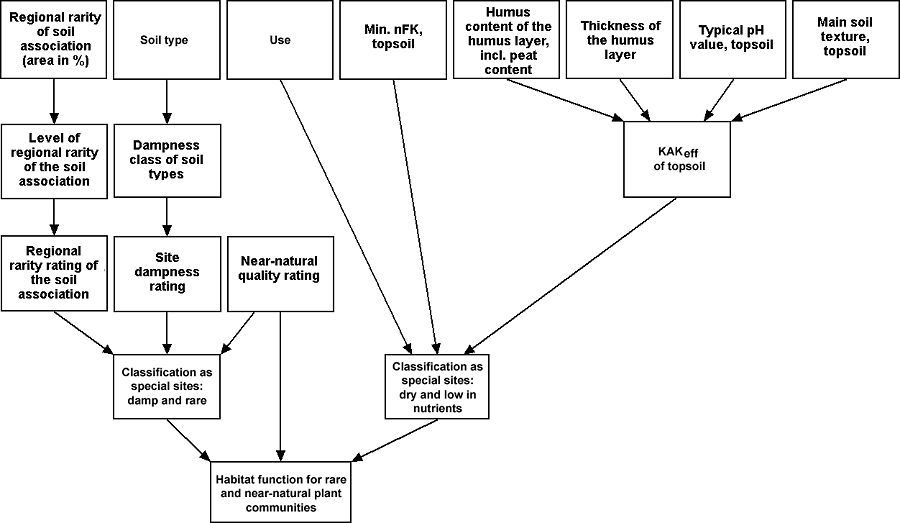
Fig. 1: Diagram to evaluate the function as a habitat for rare and near-natural plant communities
Image: Umweltatlas Berlin
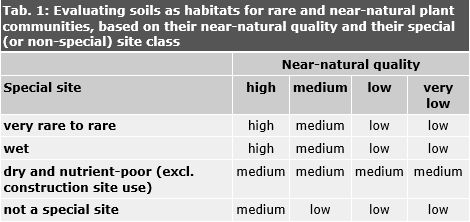
Tab. 1: Evaluating soils as habitats for rare and near-natural plant communities, based on their near-natural quality and their special (or non-special) site class
Image: Gerstenberg 2017
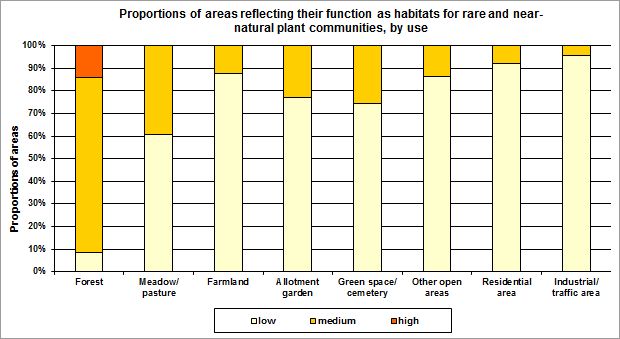
Fig. 2: Proportions of areas reflecting their function as habitats for rare and near-natural plant communities by use (incl. impervious sections, excl. streets and bodies of water (not all uses are shown)
Image: Umweltatlas Berlin
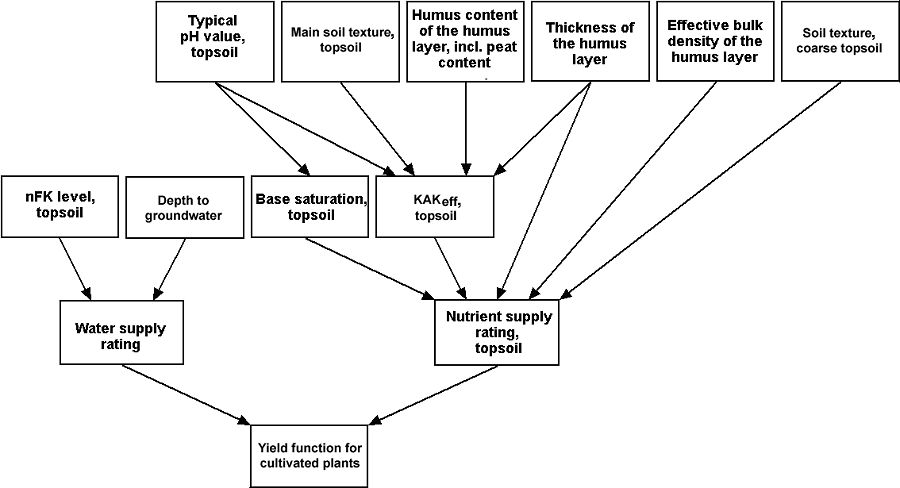
Fig. 1: Diagram to evaluate the yield function for cultivated plants
Image: Umweltatlas Berlin
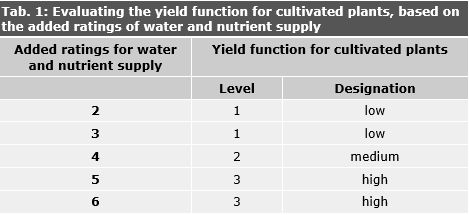
Tab. 1: Evaluating the yield function for cultivated plants, based on the added ratings of water and nutrient supply
Image: Gerstenberg 2017
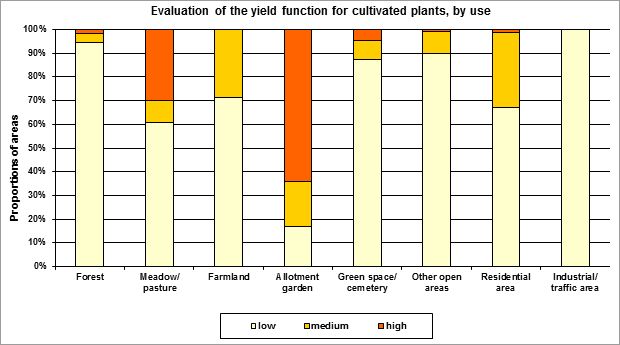
Fig. 2: Evaluation of the yield function for cultivated plants by use (incl. impervious areas, excl. streets and bodies of water, not all uses are shown)
Image: Umweltatlas Berlin
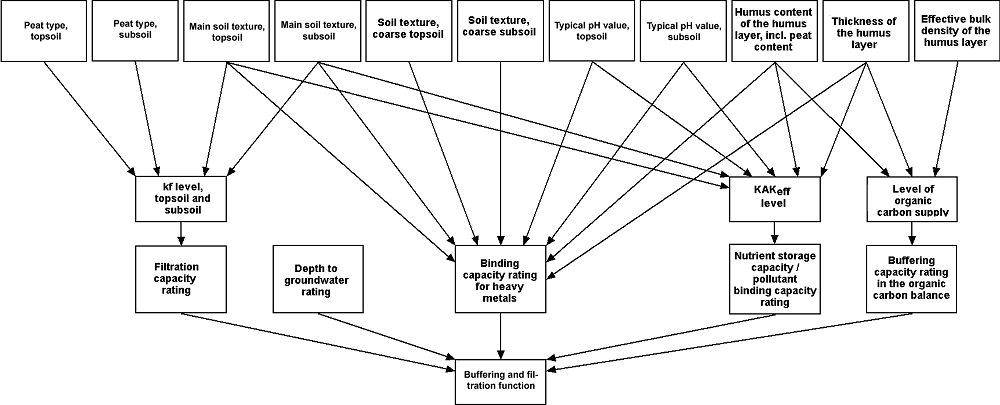
Fig. 1: Diagram to evaluate the buffering and filtration function
Image: Gerstenberg 2017
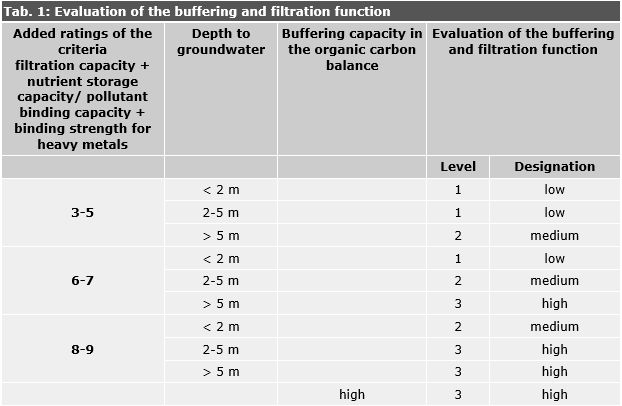
Tab. 1: Evaluation of the buffering and filtration function
Image: Gerstenberg 2017
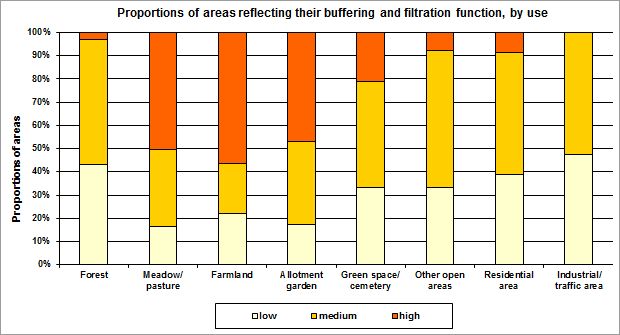
Fig. 2: Proportions of areas reflecting their buffering and filtration function, by use (incl. impervious areas, excl. streets and bodies of water, not all uses are shown)
Image: Umweltatlas Berlin
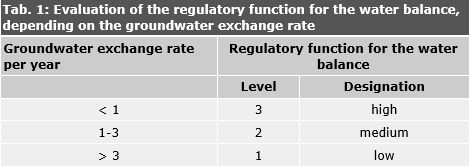
Tab. 1: Evaluation of the regulatory function for the water balance, depending on the groundwater exchange rate
Image: Umweltsatlas Berlin
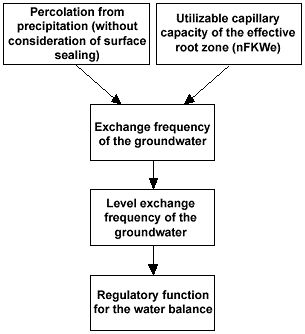
Fig. 1: Diagram to evaluate the regulatory function for the water balance
Image: Umweltatlas Berlin
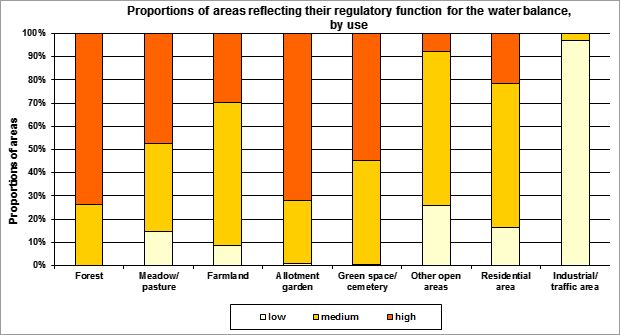
Fig. 2: Proportions of areas reflecting their regulatory function for the water balance, by use (incl. impervious areas, excl. streets and bodies of water, not all uses are shown)
Image: Umweltatlas Berlin
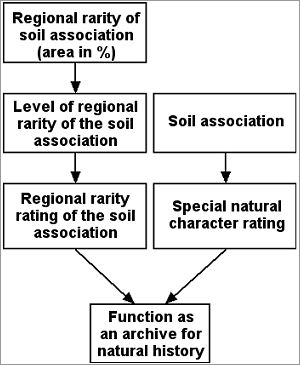
Fig. 1: Diagram to evaluate the archival function for natural history
Image: Umweltatlas Berlin
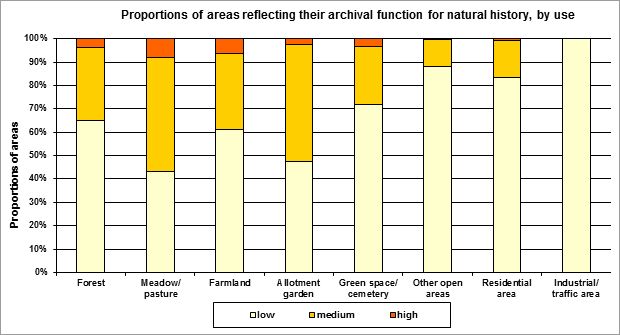
Fig. 2: Proportions of areas reflecting their archival function for natural history, by use (incl. impervious areas, excl. streets and bodies of water, not all uses are shown)
Image: Umweltatlas Berlin
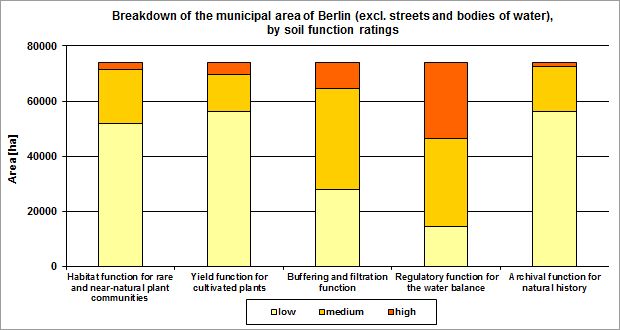
Fig. 1: Breakdown of the municipal area of Berlin (excl. streets and bodies of water), by soil function ratings
Image: Umweltatlas Berlin

Tab. 1: Evaluation of efficacy, based on the number of "high" ratings, and the sum of individual ratings
Image: Umweltsatlas Berlin
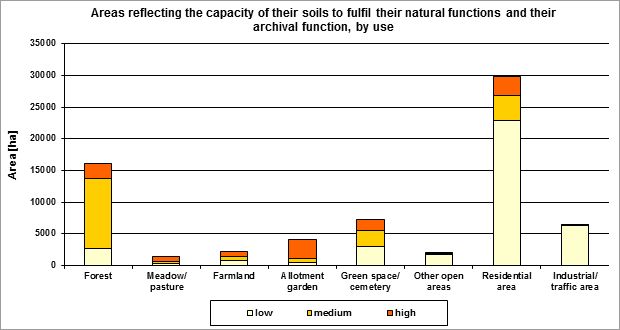
Fig. 2: Areas and the capacity of their soils to fulfil their natural functions and their archival function, by use (incl. impervious areas, excl. streets and bodies of water, not all uses are shown)
Image: Umweltatlas Berlin
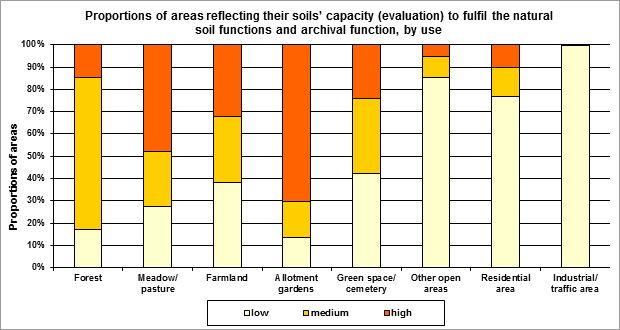
Fig. 3: Proportions of areas reflecting their soils’ capacity (evaluation) to fulfil their natural soil functions and their archival function, by use (incl. impervious areas, excl. streets and bodies of water, not all uses are shown)
Image: Umweltatlas Berlin
